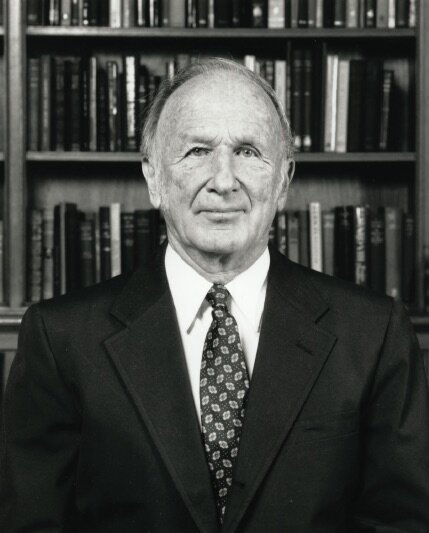What Have you ever thought - A simple event in our world can lead to massive events? The point can be illustrated with an example. Suppose you came across this article on our website while scrolling aimlessly on the Internet. Until you read this article your life was going in one direction but your life took a different turn when you started reading this article. Now think if you had not read this article on our website and read any other article, then your life would have gone in a different direction. The large change achieved in nature due to the effect of this very small event is called The Butterfly Effect.
This “Butterfly Effect” is an idea of “Chaos Theory” that seemingly trivial events in nature have far-reaching and unpredictable consequences. When the theory of the butterfly effect was first published, the title of the research paper was something like this – “Flap of a butterfly's wings in Brazil can cause a tornado in Texas”. Every event in this world is tied or chained to each other by an invisible thread. Any event in one's life can have a major impact on nature.
Table of Contents
Edward Lorenz first introduced this theory of the butterfly effect. He was a meteorologist and mathematician by profession. Once he noticed that in his computer simulator, omitting the digits after the decimal point in some of the basic weather values showed the potential for vastly different weather outcomes. Edwards was the first to discover that a slight change in the initial conditions can lead to opposite results.

The science of the butterfly effect
The butterfly effect is rooted in Chaos theory, which deals with the behavior of complex systems that are highly sensitive to initial conditions. According to chaos theory, small differences in an initial state can lead to vastly different outcomes over time.
It is based on the idea that a small change in the initial state of a system can lead to a large-scale effect over time. In other words, a small act can have a big impact.
A real-world example of the butterfly effect
The butterfly effect isn't just a theoretical concept—it's been observed in a variety of real-world contexts. Here are some examples:
1) Weather
One of the most famous examples of the butterfly effect comes from weather forecasting. In weather forecasting, small changes in initial conditions can have a large impact on forecasted outcomes. For example, a small change in temperature or humidity at the start of a weather model can lead to dramatically different predictions for a given day or week.
2) Economy
The butterfly effect has also been used to explain the behavior of financial markets. A single decision by a single investor can trigger a chain reaction of buying or selling that can later affect the entire market. This is known as a "Market cascade" and can result in significant gains or losses for investors.
3) Social or personal relationships
The butterfly effect is seen as how small actions or gestures can have profound effects on relationships and social dynamics. For example, a kind word or gesture can lift someone's mood and lead to a positive interaction, while a harsh or critical comment can have the opposite effect.
Implications of the Butterfly Effect
The butterfly effect has important implications for how we think about causation, prediction, and control. Seemingly trivial actions can have profound and unexpected effects over time. This means that we must be careful about how we approach complex systems and events, and we must always be prepared for unexpected outcomes.
At the same time, the Butterfly Effect also highlights the power of small actions and the potential for positive change. It suggests that even the smallest acts of kindness, generosity, or compassion can have far-reaching and transformative effects, both in our personal lives and in the world around us.
Conclusion
The Butterfly Effect is an interesting and important concept that highlights the complex and unpredictable nature of the world we live in. By understanding its power and implications, we can gain a deeper appreciation for the interconnectedness of all things and potential in even the smallest of actions. So the next time you're faced with a difficult decision or small task, remember the butterfly effect and the power of small actions to shape the world around us.







